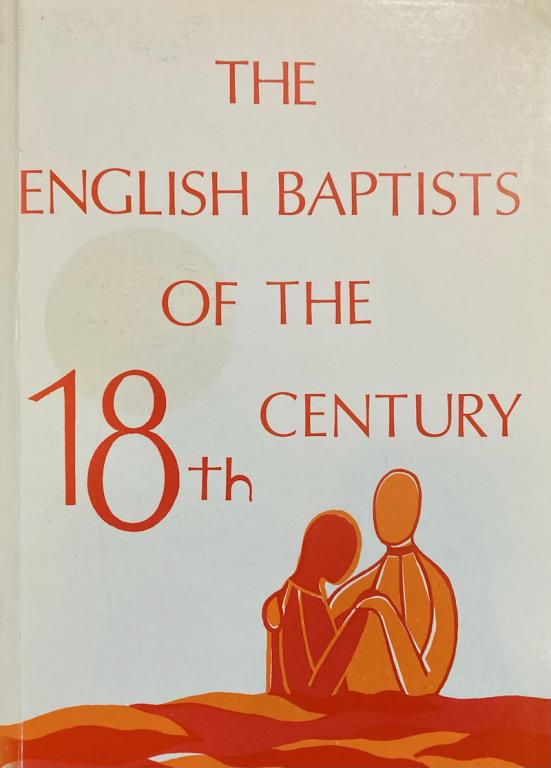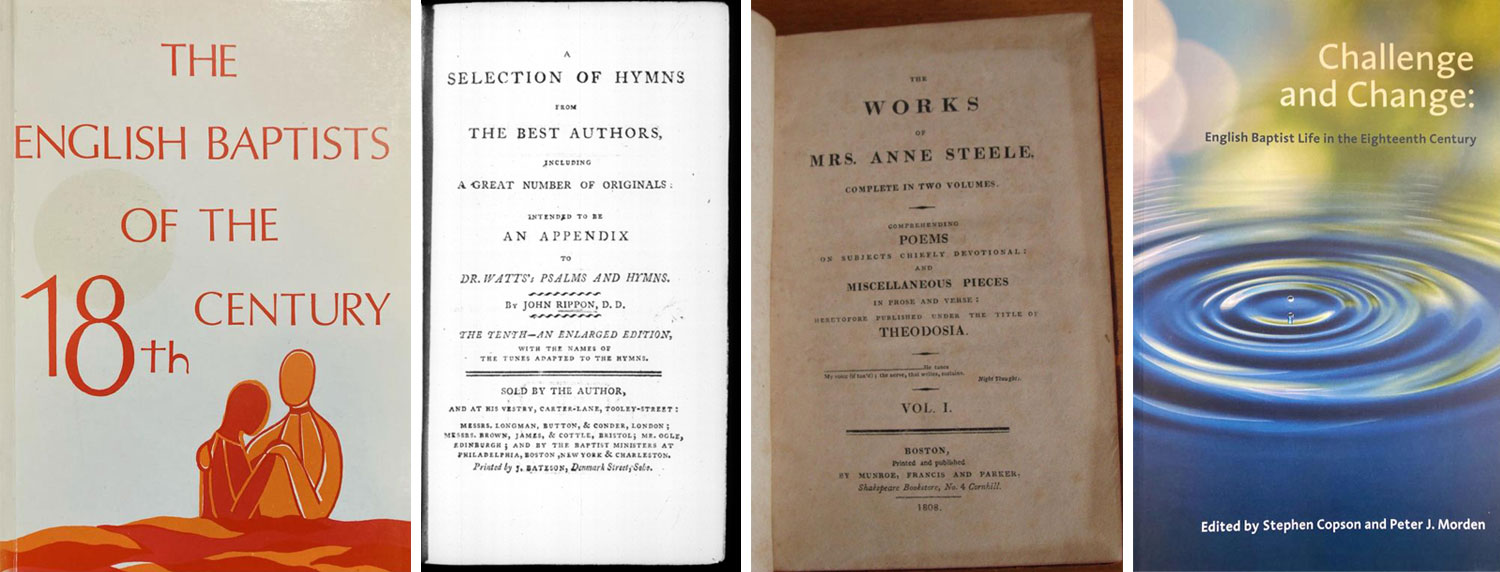18th Century
English Baptists in the 18th Century
 In the eighteenth century, Particular (Calvinist) and General (Arminian) Baptists were active in England. Their congregationally based decision-making was a distinctive element of church life. The New Connexion of General Baptists emerged in 1770, inspired by the Evangelical Revival. An incomplete survey of 1715 estimated that there were 206 Particular churches with about forty thousand people and 122 General with nineteen thousand. Only five Sabbatarian churches were recorded. Some areas of England had no Baptist witness at all and few areas had more than 5% of the population.
In the eighteenth century, Particular (Calvinist) and General (Arminian) Baptists were active in England. Their congregationally based decision-making was a distinctive element of church life. The New Connexion of General Baptists emerged in 1770, inspired by the Evangelical Revival. An incomplete survey of 1715 estimated that there were 206 Particular churches with about forty thousand people and 122 General with nineteen thousand. Only five Sabbatarian churches were recorded. Some areas of England had no Baptist witness at all and few areas had more than 5% of the population.
Politically, Baptists supported the Hanoverian succession, as a bulwark against the return of the Stuarts. They could still feel vulnerable — the anti-Dissent riots of 1715 and 1791 were a reminder of opposition. Wary of royal prerogative, some Baptists supported the colonists in the War of Independence and initial admiration for the revolutionaries in France cooled as the Terror unfolded. Baptist voices were involved in the anti-slavery lobby, including Caleb Evans, Abraham Booth, John Dore and William Carey.
Bristol Academy offered an opportunity to Particular Baptists to train for ministry. See Baptist Quarterly articles related to Ministerial Education here. A London Academy followed in the mid-century and one in Yorkshire around the end of the century. The majority of ministers did not receive formal training. Most augmented their stipend with other incomes. The old General Baptists did not organise training until the last years of the century, whilst Dan Taylor established a New Connexion Academy in London about the same time. See Baptist Quarterly articles relating to Dan Taylor and New Connexion here.
Worship evolved and hymns were used by both Particular and General Baptists, albeit not without cavils. Firstly, drawing on Isaac Watts Psalms and Hymns, congregations later used collections produced by the Calvinists Benjamin Wallin, Ash & Evans and especially John Rippon’s Selection. Some enterprising ministers composed their own hymns, lining out the verses or using a ‘singing pew’ to lead the congregation.
Although women were equally accepted as members, reflecting the model of society, they were not allowed to hold formal leadership in Baptist churches, and some churches restricted voting to males. Their influence and contributions await greater exploration and often goes unrecorded but they were a key part of the pastoral and worshipping communities, as evidenced by funeral sermons. Some individuals stood out, for example, Anne Steele and Maria Saffery (hymn-writing and poetry), Hannah Marshman (and into C19th with education of young women in India and a key figure in the Serampore Baptist mission community), Mary Hayes (essayist who became a Unitarian), Eleanor Coade (business) and Anne Dutton (author). See here for more details.
The old General Baptists had wrestled with issues of Christology from the beginning of the century, and a key moment was the Salters’ Hall debates of 1717 which raised theological issues and also matters of subscription — whether one should sign up to a written statement of faith. There was a marked distinction between Particulars (subscribers) and Generals (non-subscribers). The old Generals aligned themselves with rational religion as the century progressed, rejecting the “enthusiasm” of revival. Whilst some Particulars were attracted for a time to the writings of John Gill and high Calvinism, by the end of the century, a more evangelical Calvinist stream emerging from the Bristol Academy had taken root, notably among the ministers of the Northamptonshire Association, and in particular William Carey, John Sutcliff and Andrew Fuller. Inspired by Jonathan Edwards’ revivals in Northampton (Mass), in 1792 they were key in forming the Society for the Propagation of the Gospel among the Heathen — later Baptist Missionary Society. The Association reflected a renewed desire for collaborative networks that would evolve into the county-based organisations of the next century. General Baptists largely in their stronghold of the South-East of England also maintained their local, regional and national structures.
Stephen Copson
Related Articles
